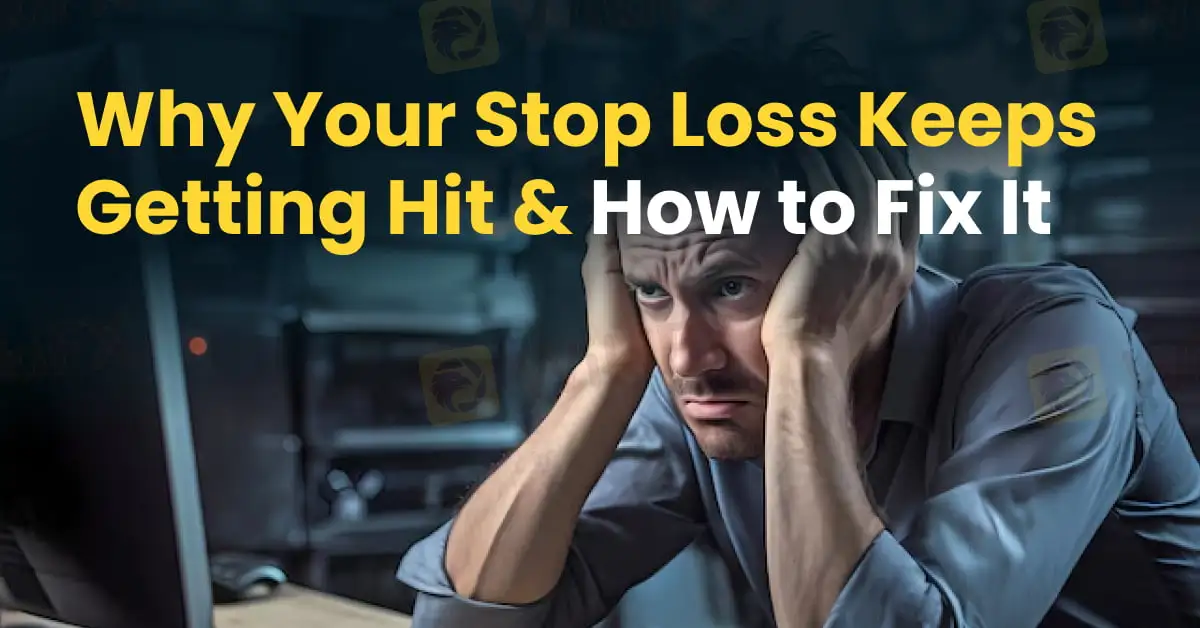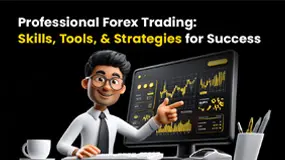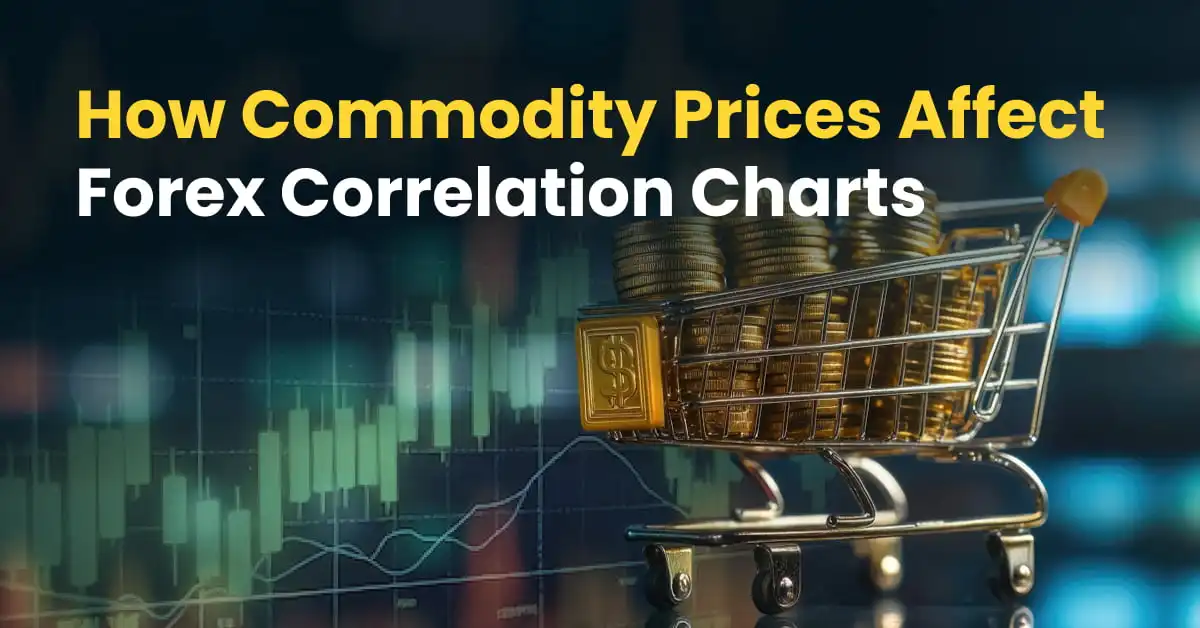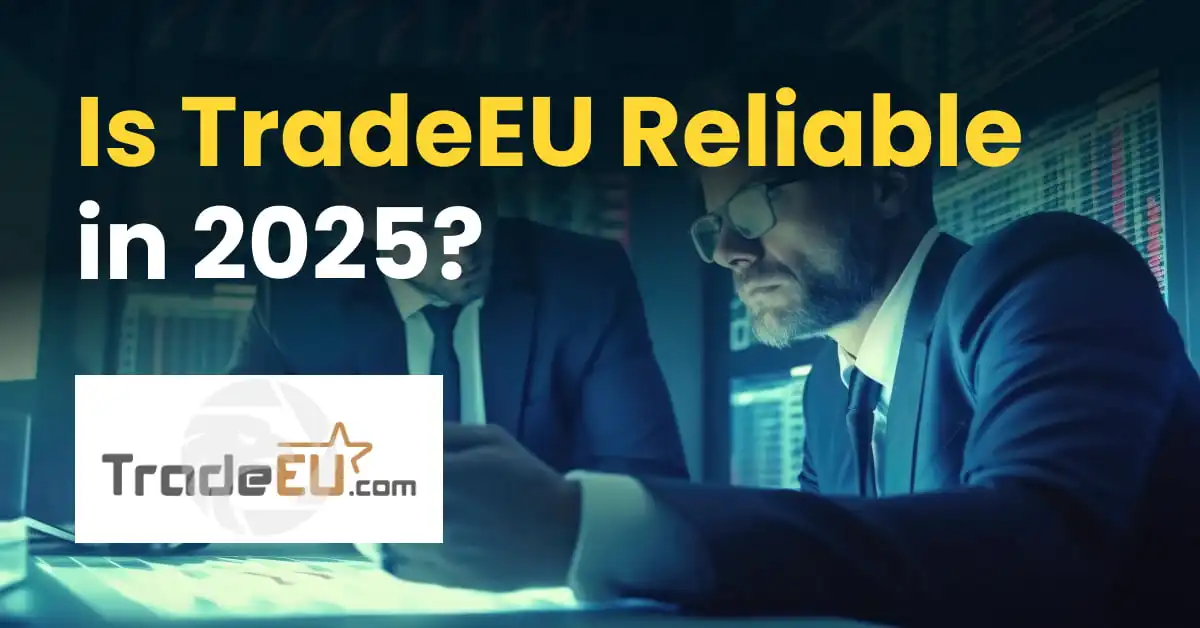简体中文
繁體中文
English
Pусский
日本語
ภาษาไทย
Tiếng Việt
Bahasa Indonesia
Español
हिन्दी
Filippiiniläinen
Français
Deutsch
Português
Türkçe
한국어
العربية
Why Your Stop Loss Keeps Getting Hit & How to Fix It
Abstract:Many new traders run into the same frustrating problem. They analyse the market, place a trade, and watch the price go against them just enough to hit their stop loss. Then, like a bad joke, the price moves exactly in their predicted direction. Read this article to learn how to fix this issue for good!

Many new traders run into the same frustrating problem. They analyse the market, place a trade, and watch the price go against them just enough to hit their stop loss. Then, like a bad joke, the price moves exactly in their predicted direction. Sound familiar?
This isn‘t just bad luck but usually a sign that the trade wasn’t set up properly. While risk management is important, its not enough on its own. To avoid getting stopped out too early, traders need better timing and more accurate entry points.

Here are a few common reasons why stop losses get hit before the trade moves in the right direction:
- Entering Too Early
Many beginners are too eager. They jump into a trade before the market confirms their idea. That means the price might still move around and test levels before taking off, and your stop gets hit during that noise.
- Stop Loss Too Close to Price
A lot of traders place their stop loss too tight, just below a recent low or above a high. These are often spots the market retests before making a move, so its easy to get stopped out for no real reason.
- Not Considering Market Conditions
Markets don‘t move the same way all the time. What works during a strong trend won’t work in a sideways market. If you dont adjust your strategy, your stop loss may be in the wrong place.
- Chasing Risk-Reward Ratios
Aiming for a good risk-to-reward ratio like 1:2 sounds smart, but trying to force trades into this framework can lead to stop losses that dont fit the actual market behaviour.

The real purpose of a stop loss is to get you out when you‘re clearly wrong, not just to keep you “safe.” If your trade idea is still valid but your stop gets hit anyway, then the problem isn’t the stop loss. Its likely your entry was off.
To trade well, you need more than just a risk plan. You need to enter at the right place, with confirmation that your idea makes sense in that moment. Only then can a stop loss really work as intended.

To improve your results, try these simple but powerful steps:
Wait for confirmation. Dont enter just because you think the market will move; instead, look for signs that it already has.
Use bigger timeframes. They give clearer signals and help you avoid random price movements.
Put your stop where the trade truly fails. Dont just choose a number that feels “safe”, but make sure it marks the point where your idea would actually be wrong.
In short, trading is not just about being right. It‘s about being right at the right time and in the right place. That’s the key to making your stop loss work for you, not against you.

Disclaimer:
The views in this article only represent the author's personal views, and do not constitute investment advice on this platform. This platform does not guarantee the accuracy, completeness and timeliness of the information in the article, and will not be liable for any loss caused by the use of or reliance on the information in the article.
Read more

Professional Forex Trading: Skills, Tools, & Strategies for Success
In the vast and fast-paced world of financial trading, the foreign exchange (forex) market reigns as the largest and most liquid market globally. Trillions of dollars are traded daily, as currencies fluctuate due to economic indicators, geopolitical events, and market sentiment. But what exactly defines a professional forex trader? What skills, strategies, and tools are essential for success in the highly competitive currency market? In this article , we’ll explore everything you need to know.

How Commodity Prices Affect Forex Correlation Charts
Traders often notice that movements in certain commodity prices, such as gold, oil, and agricultural products, can influence the value of related currencies. This relationship is reflected in forex correlation charts, which measure how currency pairs move about one another over time. Understanding these connections can give traders an edge in making more informed trading decisions.

Is TradeEU Reliable in 2025?
TradeEU is a Cyprus-based CFD broker that launched around 2021 and offers more than 250 instruments across forex, stocks, indices, commodities, and crypto. The Article is about to give a comprehensive review of this broker.

A Guide to Backtesting Forex Trading Strategies
As one of the most liquid and widely traded markets globally, the forex market offers traders immense earning opportunities. However, currency trading can present risks too because you may trade leveraged positions, potentially resulting in significant losses should things go wrong. Backtesting forex trading strategies before investing in a strategy is crucial. Should you fail to test it, you may end up risking time and capital on a strategy that doesn’t hold an edge. In this article, we will discuss backtesting a forex trading strategy. Read on!
WikiFX Broker
Latest News
Datuk Seri Linked to RM8.4 Million Gold Investment Scam Under Police Probe
The Psychology Behind the Ascending Triangle Pattern in Forex
Charles Schwab Forex Review 2025: What Traders Should Know
The Global Inflation Outlook
What WikiFX Found When It Looked Into XS
ASIC Regulated Forex Brokers: A Comprehensive 2025 Guide
PrimeXBT Expands FSCA Licence and Enhances Crypto Services in 2025
How 3 Simple Steps Cost a Businessman INR 4 Crore in a Forex Scam
Is TradeEU Reliable in 2025?
Professional Forex Trading: Skills, Tools, & Strategies for Success
Currency Calculator


